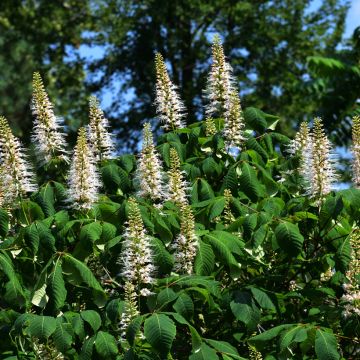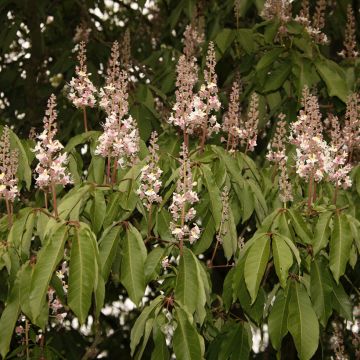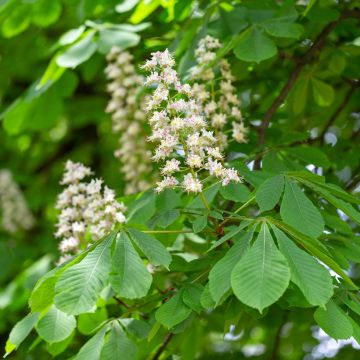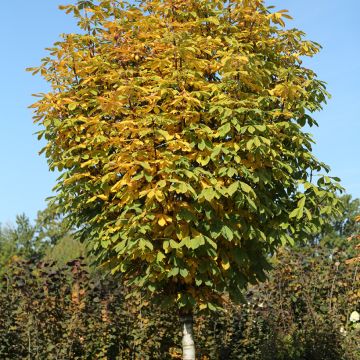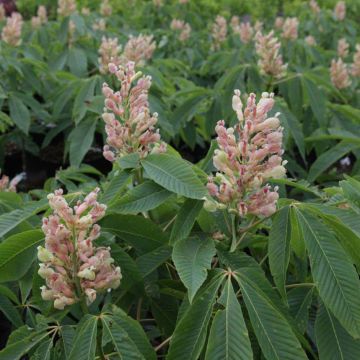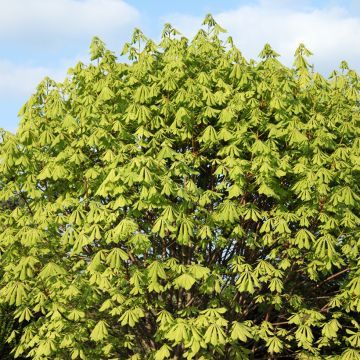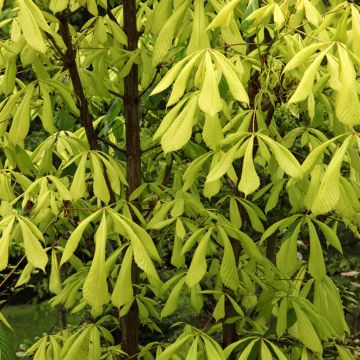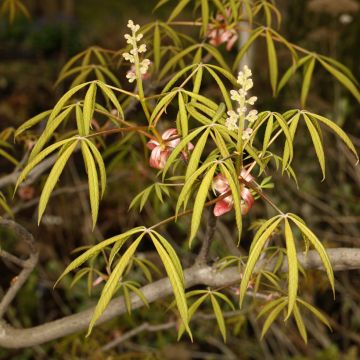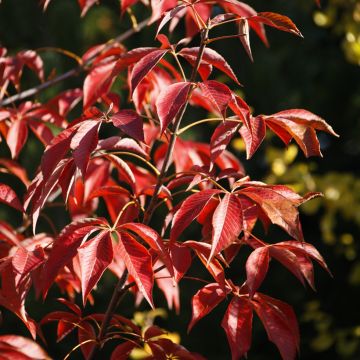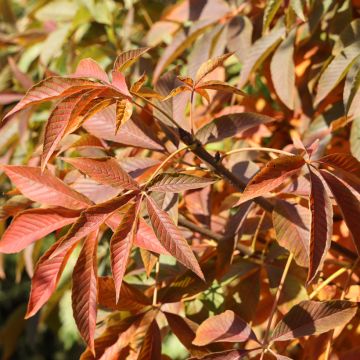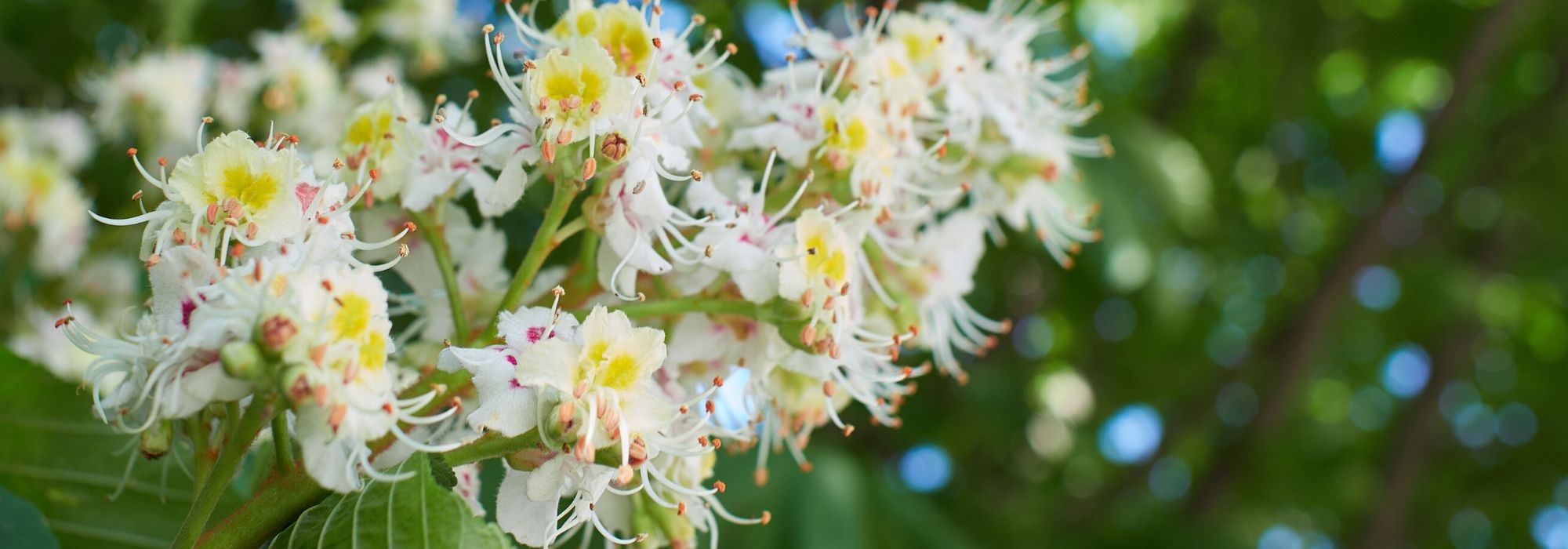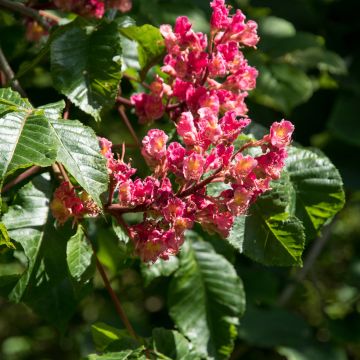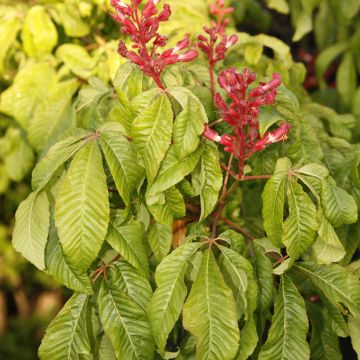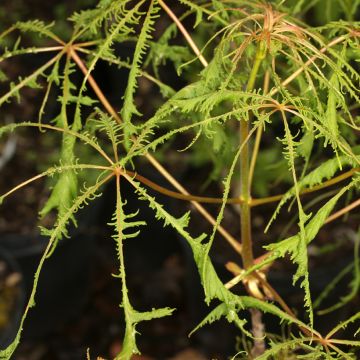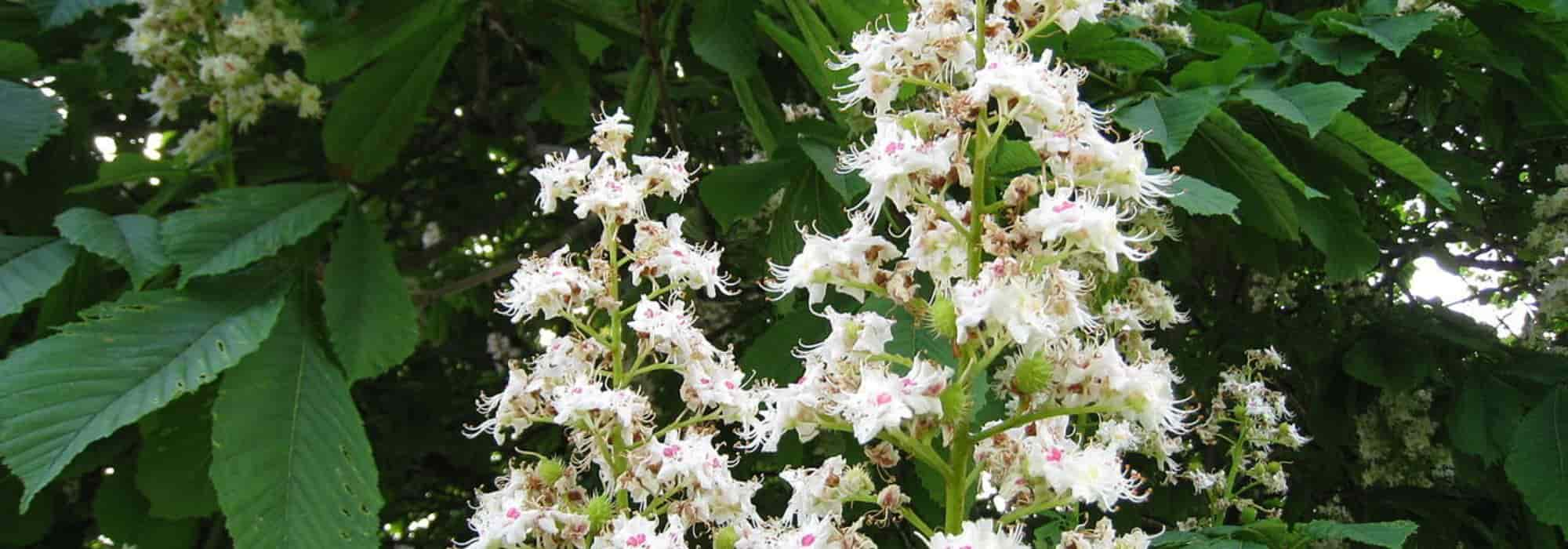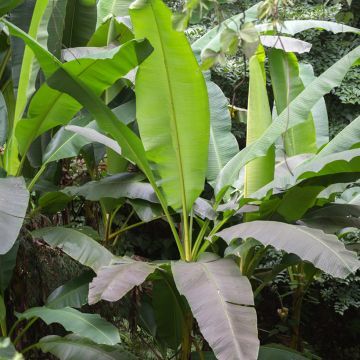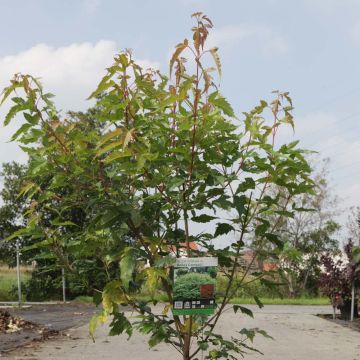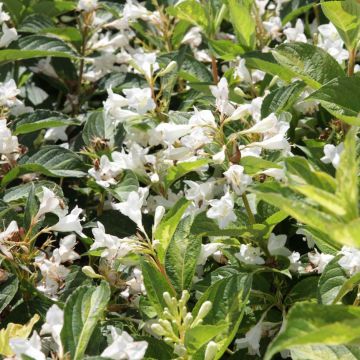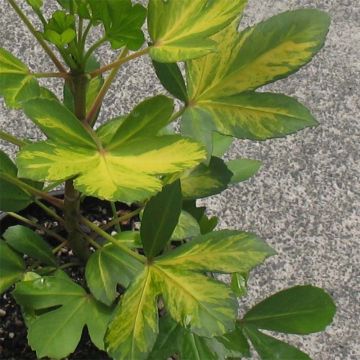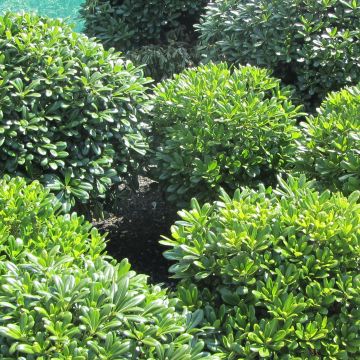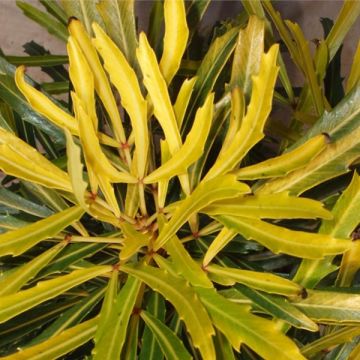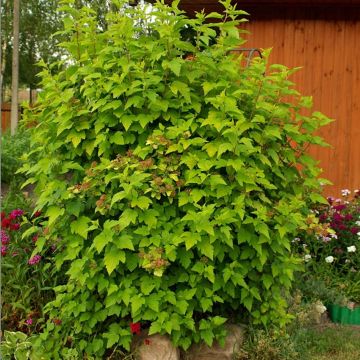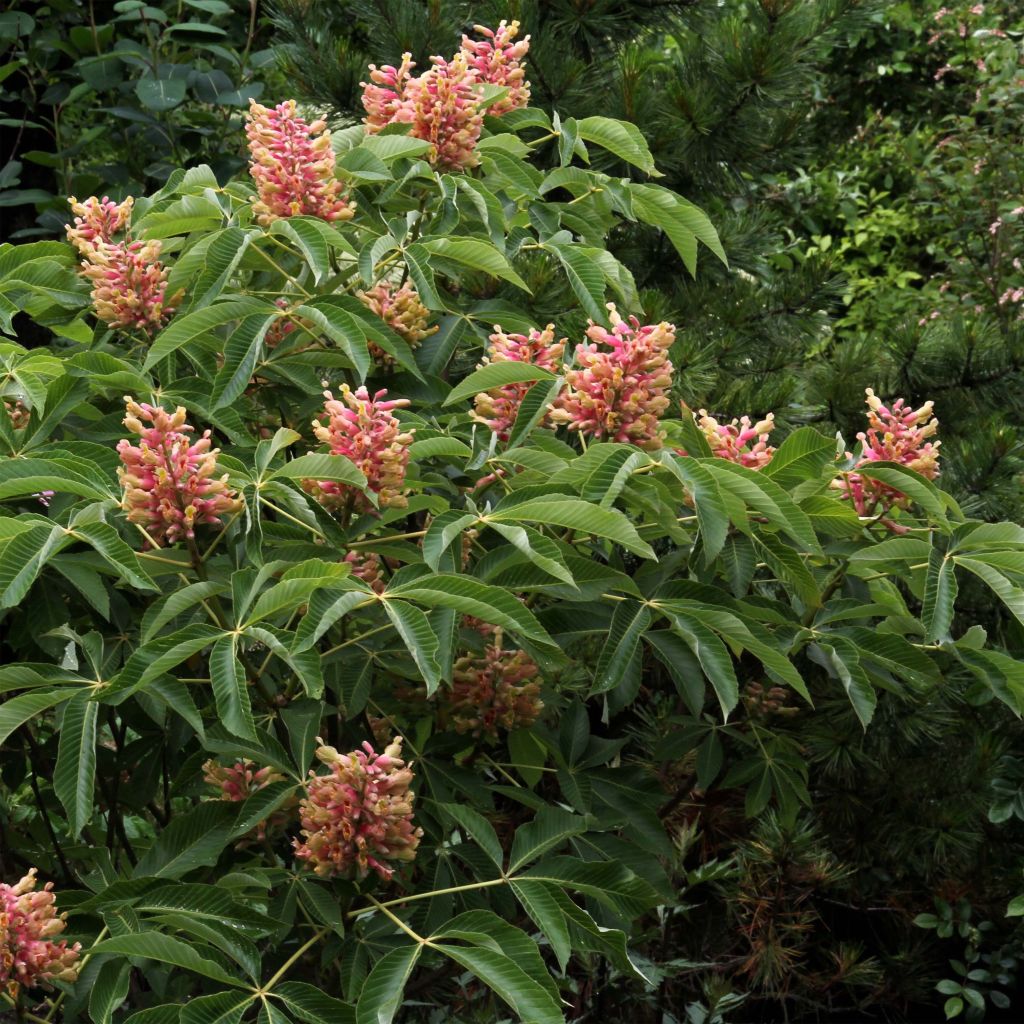

Aesculus pavia var. discolor Koehnei
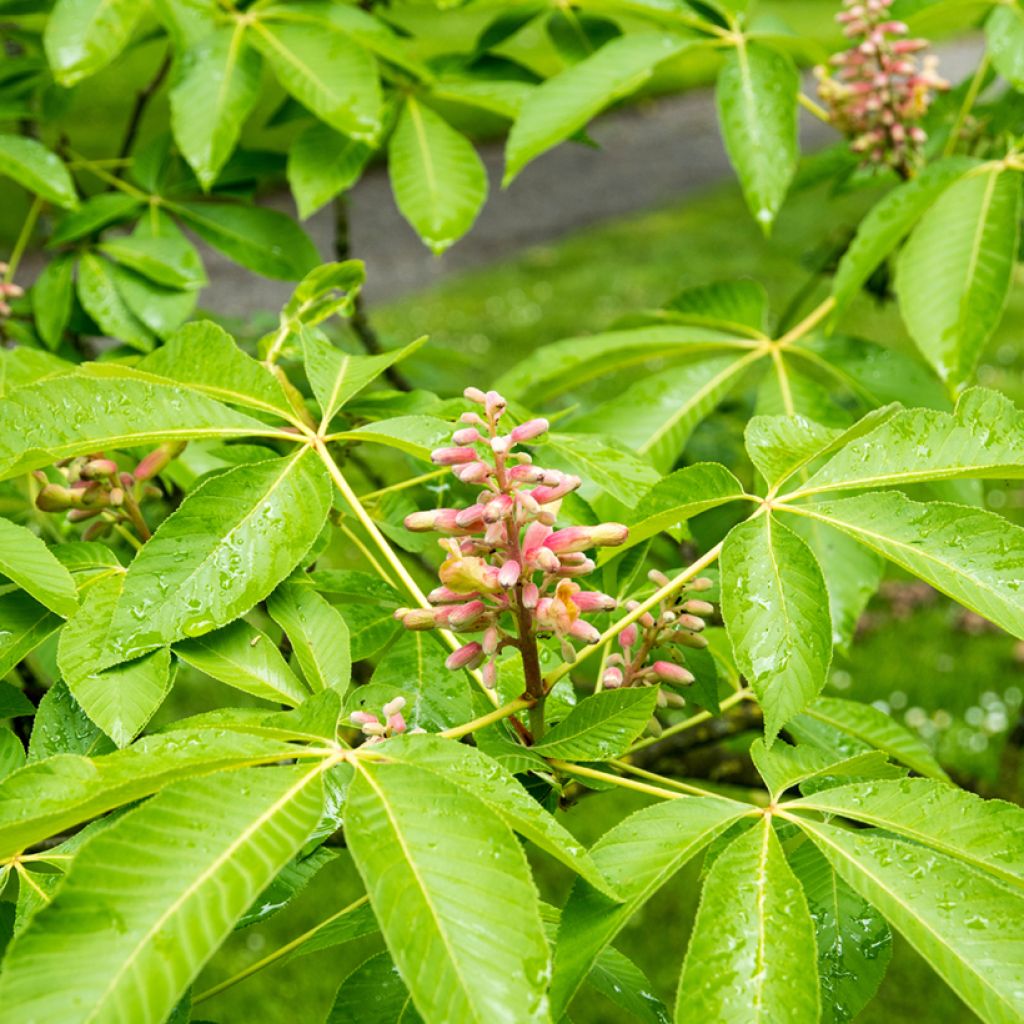

Aesculus pavia var. discolor Koehnei
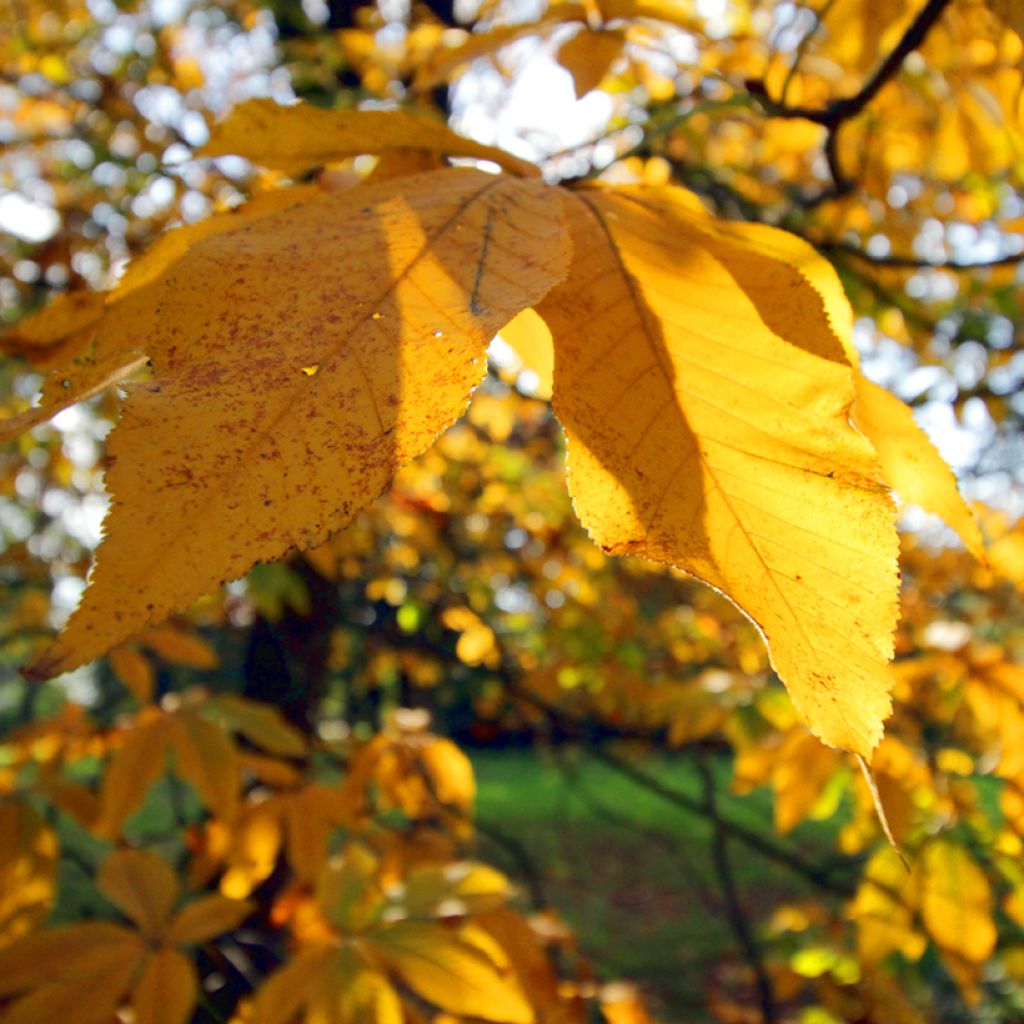

Aesculus pavia var. discolor Koehnei
Aesculus pavia var. discolor Koehnei
Aesculus pavia var. discolor Koehnei
Red Buckeye, Firecracker Plant
Currently, the young plant is suffering a bit from the heat like all plants, so we water it more than usual. It has already grown well.
Jocelyne F., 19/08/2020
Special offer!
Receive a €20 voucher for any order over €90 (excluding delivery costs, credit notes, and plastic-free options)!
1- Add your favorite plants to your cart.
2- Once you have reached €90, confirm your order (you can even choose the delivery date!).
3- As soon as your order is shipped, you will receive an email containing your voucher code, valid for 3 months (90 days).
Your voucher is unique and can only be used once, for any order with a minimum value of €20, excluding delivery costs.
Can be combined with other current offers, non-divisible and non-refundable.
Why not try an alternative variety in stock?
View all →This plant carries a 24 months recovery warranty
More information
We guarantee the quality of our plants for a full growing cycle, and will replace at our expense any plant that fails to recover under normal climatic and planting conditions.

Does this plant fit my garden?
Set up your Plantfit profile →
Description
Aesculus pavia 'Koehnei', sometimes called Red Buckeye, is a small ornamental chestnut tree with slow growth and a compact and dense habit, perfect for decorating a small garden or a large terrace, as it can remain in a large pot for many years. This deciduous tree with young foliage tinged with bronze offers a beautiful spring flowering, with candle-like inflorescences that appear salmon pink from a distance. In autumn, it turns rusty, once again becoming one of the stars of the garden. Plant it in full sun or partial shade, where you can admire it from the house, in a fresh and rather fertile soil.
Aesculus pavia var. discolor 'Koehnei', considered synonymous with Aesculus pavia 'Rosea Nana', is a very beautiful red-flowering form of the red buckeye. It is native to the eastern United States, from the coast of Louisiana to Florida, up to Virginia. This small shrubby chestnut tree sometimes forms multiple stems from its stump. Reaching a height of 2m (6ft 7in) at the age of 10, it will typically reach 3m (9ft 10in) in height and 2m in spread at maturity. It grows slowly, around 5cm (2in) per year, and is hardy and resistant to diseases that have been affecting our large chestnut trees in recent years. Its habit is generally conical, dense, and very bushy. Its branches produce smooth, non-sticky buds. Its deciduous leaves, 15cm (5.9in) wide, are divided into 5 to 7 elliptical and oblong leaflets, with finely dentate edges, bronze-coloured when they first emerge, then light green throughout the summer. They beautifully turn russet in autumn. The first inflorescences, in the form of narrow upright panicles, 15cm (5.9in) long, bloom from the end of May to mid-June depending on the climate. The small tubular flowers are carmine red to salmon, with the salmon colour due to the presence of small yellow areas at their tips. The flowering, greatly appreciated by pollinating insects, is followed by the formation of oval, smooth fruits, 3cm (1.2in) long, containing 1 to 2 inedible chestnuts when ripe in September-October.
Aesculus pavia 'Koehnei' tolerates any deep soil that remains moist, in sunny or semi-shaded locations. It can be used as a standalone plant, but also in shrub or perennial plant beds, with peonies or daylilies for example. It forms a beautiful combination in slightly acidic soil with a blue-flowered rhododendron, and in ordinary soil with Hydrangea quercifolia, Neillia affinis, and Cotinus 'Royal Purple' for example. Finally, it adapts very well to container cultivation on a terrace or large balcony: choose a sizable container, and it will live for many years without needing repotting.
Aesculus pavia var. discolor Koehnei in pictures
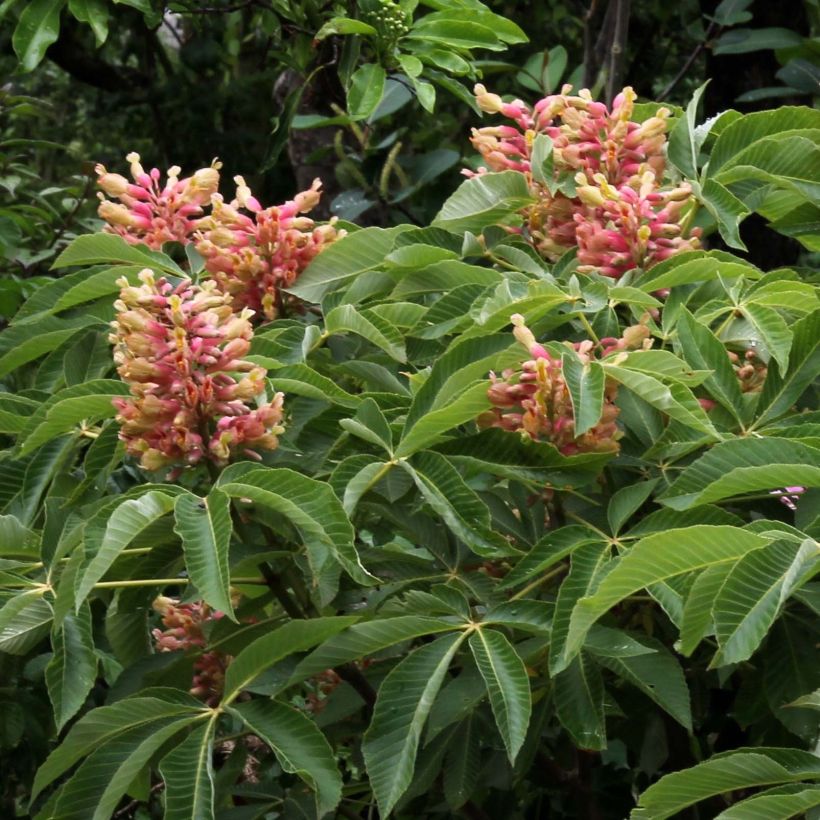

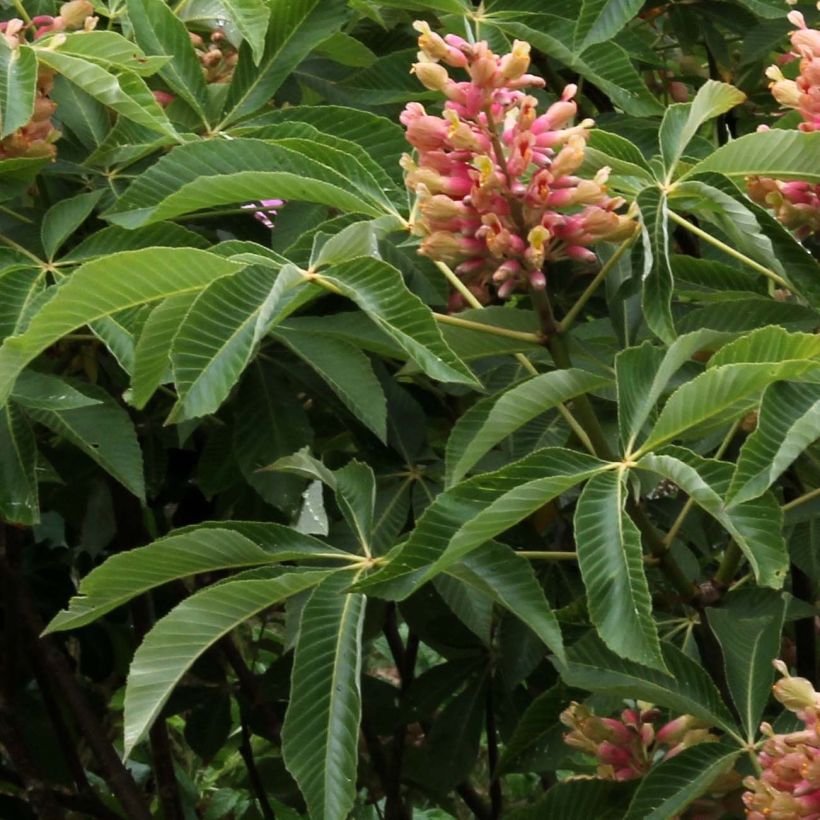

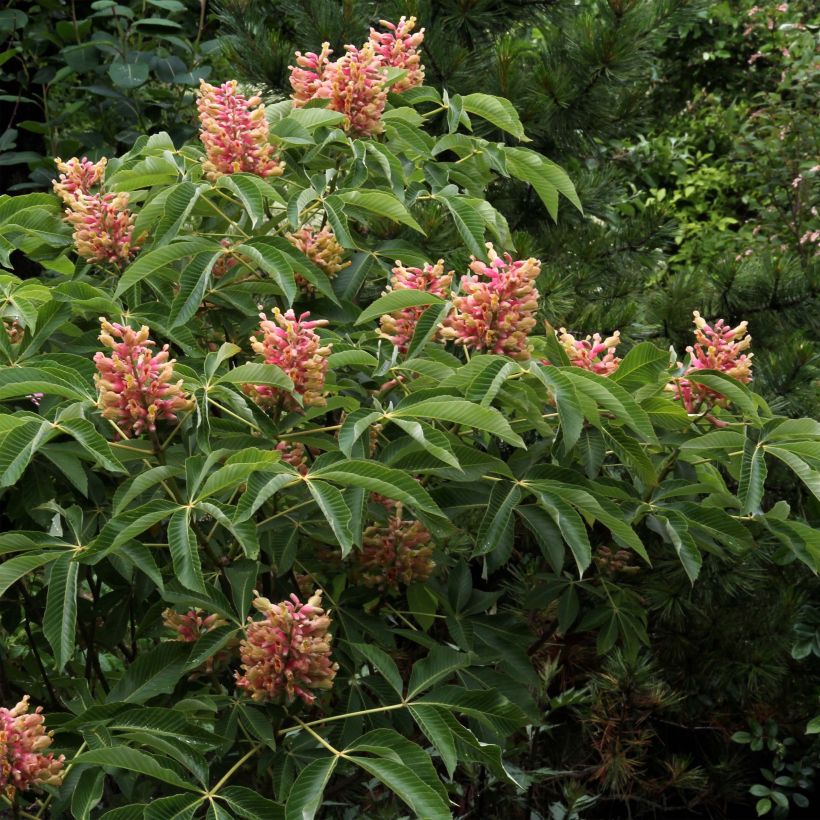

Plant habit
Flowering
Foliage
Botanical data
Aesculus
pavia var. discolor
Koehnei
Hippocastanaceae
Red Buckeye, Firecracker Plant
Cultivar or hybrid
Other Aesculus - Horse Chestnut
View all →Planting and care
Aesculus pavia 'Koehnei' should be planted in spring or autumn in any deep, fertile soil, preferably without excessive limestone, but above all, it should remain moist, in a sunny or semi-shaded position. Deep ploughing is recommended before planting. Provide it with enough space as it can reach a width of 2.50m (8ft 2in). Water and mulch to maintain soil moisture. Fertilize in spring. Prune in February by removing old stems. It is not very susceptible to diseases, but it can be attacked by weevils or scale insects.
Planting period
Intended location
Care
Planting & care advice
-
, onOrder confirmed
Reply from on Promesse de fleurs
Similar products
Haven't found what you were looking for?
Hardiness is the lowest winter temperature a plant can endure without suffering serious damage or even dying. However, hardiness is affected by location (a sheltered area, such as a patio), protection (winter cover) and soil type (hardiness is improved by well-drained soil).

Photo Sharing Terms & Conditions
In order to encourage gardeners to interact and share their experiences, Promesse de fleurs offers various media enabling content to be uploaded onto its Site - in particular via the ‘Photo sharing’ module.
The User agrees to refrain from:
- Posting any content that is illegal, prejudicial, insulting, racist, inciteful to hatred, revisionist, contrary to public decency, that infringes on privacy or on the privacy rights of third parties, in particular the publicity rights of persons and goods, intellectual property rights, or the right to privacy.
- Submitting content on behalf of a third party;
- Impersonate the identity of a third party and/or publish any personal information about a third party;
In general, the User undertakes to refrain from any unethical behaviour.
All Content (in particular text, comments, files, images, photos, videos, creative works, etc.), which may be subject to property or intellectual property rights, image or other private rights, shall remain the property of the User, subject to the limited rights granted by the terms of the licence granted by Promesse de fleurs as stated below. Users are at liberty to publish or not to publish such Content on the Site, notably via the ‘Photo Sharing’ facility, and accept that this Content shall be made public and freely accessible, notably on the Internet.
Users further acknowledge, undertake to have ,and guarantee that they hold all necessary rights and permissions to publish such material on the Site, in particular with regard to the legislation in force pertaining to any privacy, property, intellectual property, image, or contractual rights, or rights of any other nature. By publishing such Content on the Site, Users acknowledge accepting full liability as publishers of the Content within the meaning of the law, and grant Promesse de fleurs, free of charge, an inclusive, worldwide licence for the said Content for the entire duration of its publication, including all reproduction, representation, up/downloading, displaying, performing, transmission, and storage rights.
Users also grant permission for their name to be linked to the Content and accept that this link may not always be made available.
By engaging in posting material, Users consent to their Content becoming automatically accessible on the Internet, in particular on other sites and/or blogs and/or web pages of the Promesse de fleurs site, including in particular social pages and the Promesse de fleurs catalogue.
Users may secure the removal of entrusted content free of charge by issuing a simple request via our contact form.
The flowering period indicated on our website applies to countries and regions located in USDA zone 8 (France, the United Kingdom, Ireland, the Netherlands, etc.)
It will vary according to where you live:
- In zones 9 to 10 (Italy, Spain, Greece, etc.), flowering will occur about 2 to 4 weeks earlier.
- In zones 6 to 7 (Germany, Poland, Slovenia, and lower mountainous regions), flowering will be delayed by 2 to 3 weeks.
- In zone 5 (Central Europe, Scandinavia), blooming will be delayed by 3 to 5 weeks.
In temperate climates, pruning of spring-flowering shrubs (forsythia, spireas, etc.) should be done just after flowering.
Pruning of summer-flowering shrubs (Indian Lilac, Perovskia, etc.) can be done in winter or spring.
In cold regions as well as with frost-sensitive plants, avoid pruning too early when severe frosts may still occur.
The planting period indicated on our website applies to countries and regions located in USDA zone 8 (France, United Kingdom, Ireland, Netherlands).
It will vary according to where you live:
- In Mediterranean zones (Marseille, Madrid, Milan, etc.), autumn and winter are the best planting periods.
- In continental zones (Strasbourg, Munich, Vienna, etc.), delay planting by 2 to 3 weeks in spring and bring it forward by 2 to 4 weeks in autumn.
- In mountainous regions (the Alps, Pyrenees, Carpathians, etc.), it is best to plant in late spring (May-June) or late summer (August-September).
The harvesting period indicated on our website applies to countries and regions in USDA zone 8 (France, England, Ireland, the Netherlands).
In colder areas (Scandinavia, Poland, Austria...) fruit and vegetable harvests are likely to be delayed by 3-4 weeks.
In warmer areas (Italy, Spain, Greece, etc.), harvesting will probably take place earlier, depending on weather conditions.
The sowing periods indicated on our website apply to countries and regions within USDA Zone 8 (France, UK, Ireland, Netherlands).
In colder areas (Scandinavia, Poland, Austria...), delay any outdoor sowing by 3-4 weeks, or sow under glass.
In warmer climes (Italy, Spain, Greece, etc.), bring outdoor sowing forward by a few weeks.






























